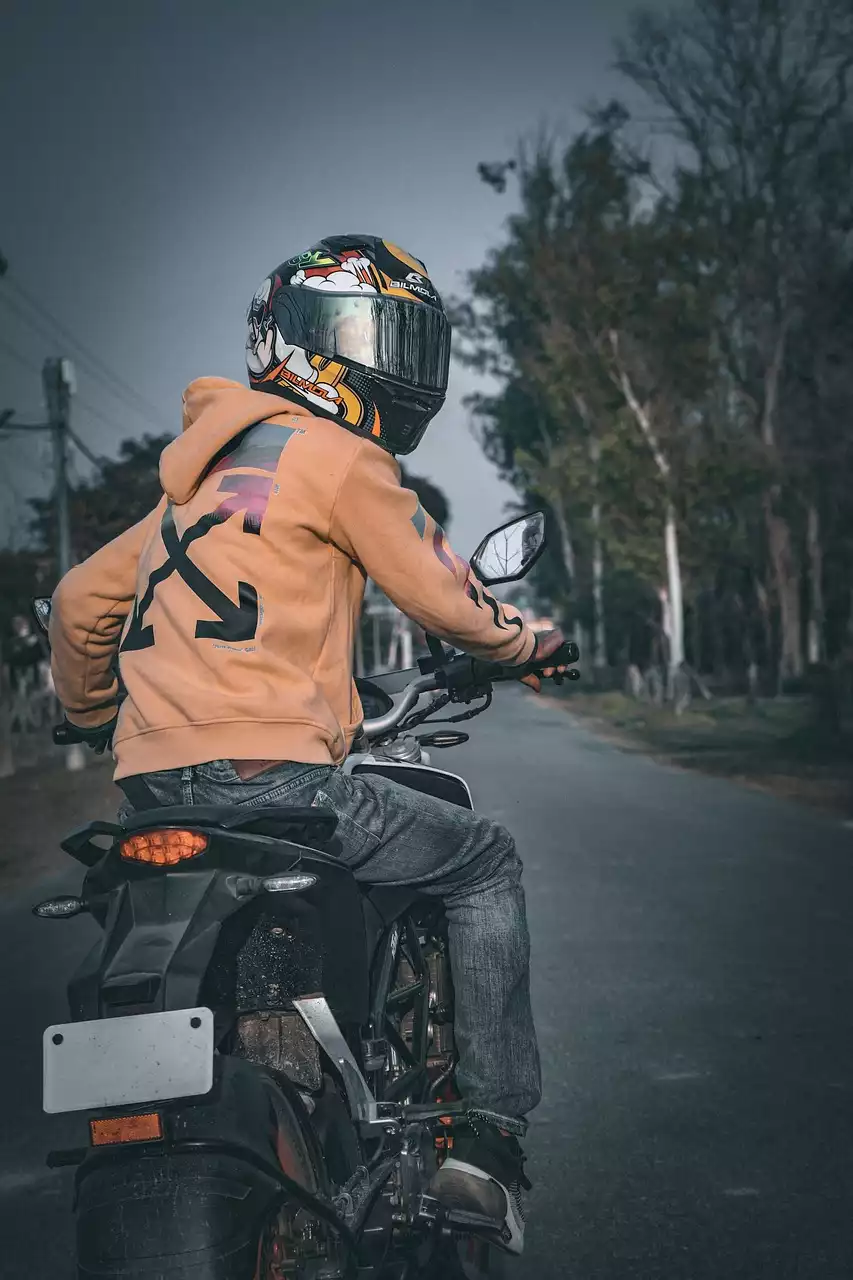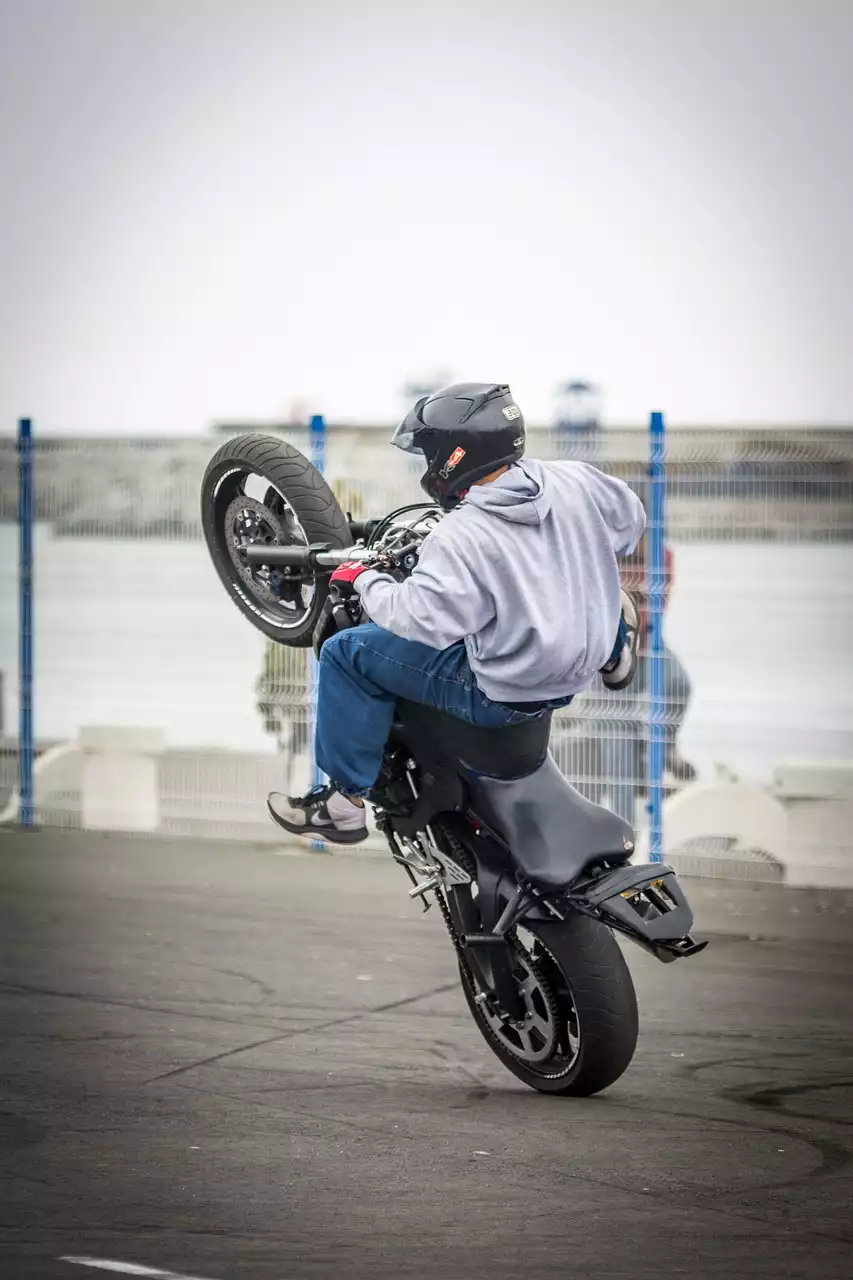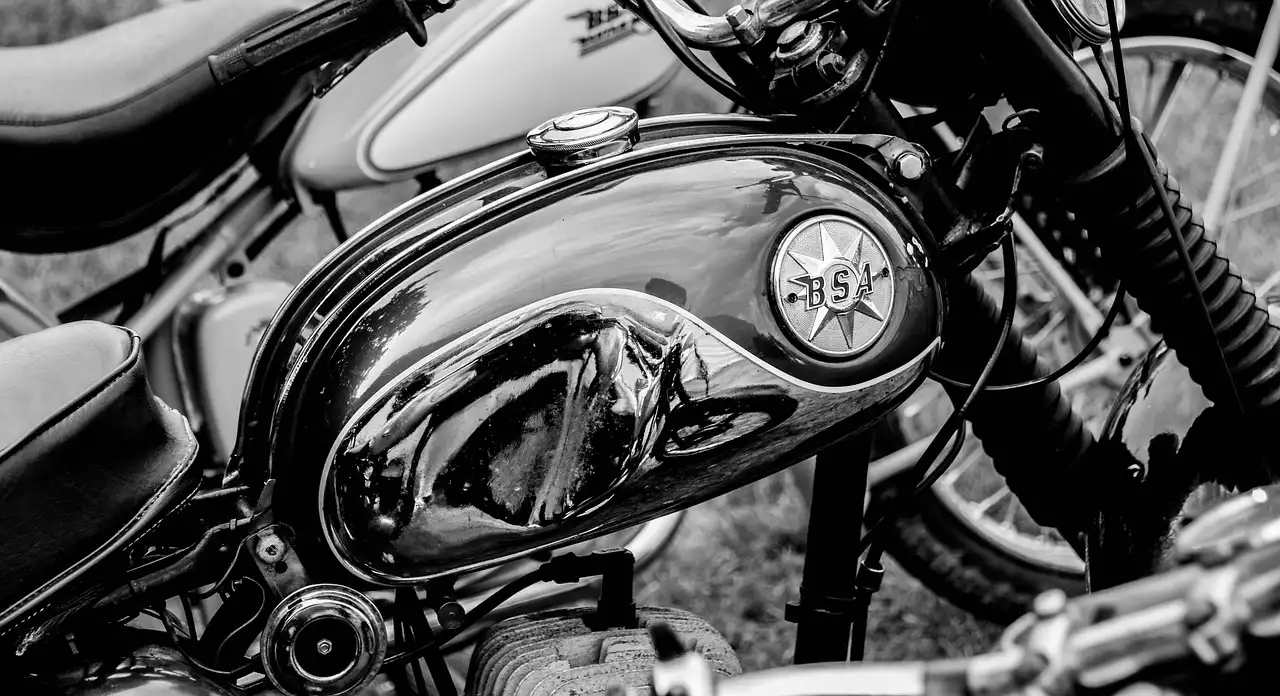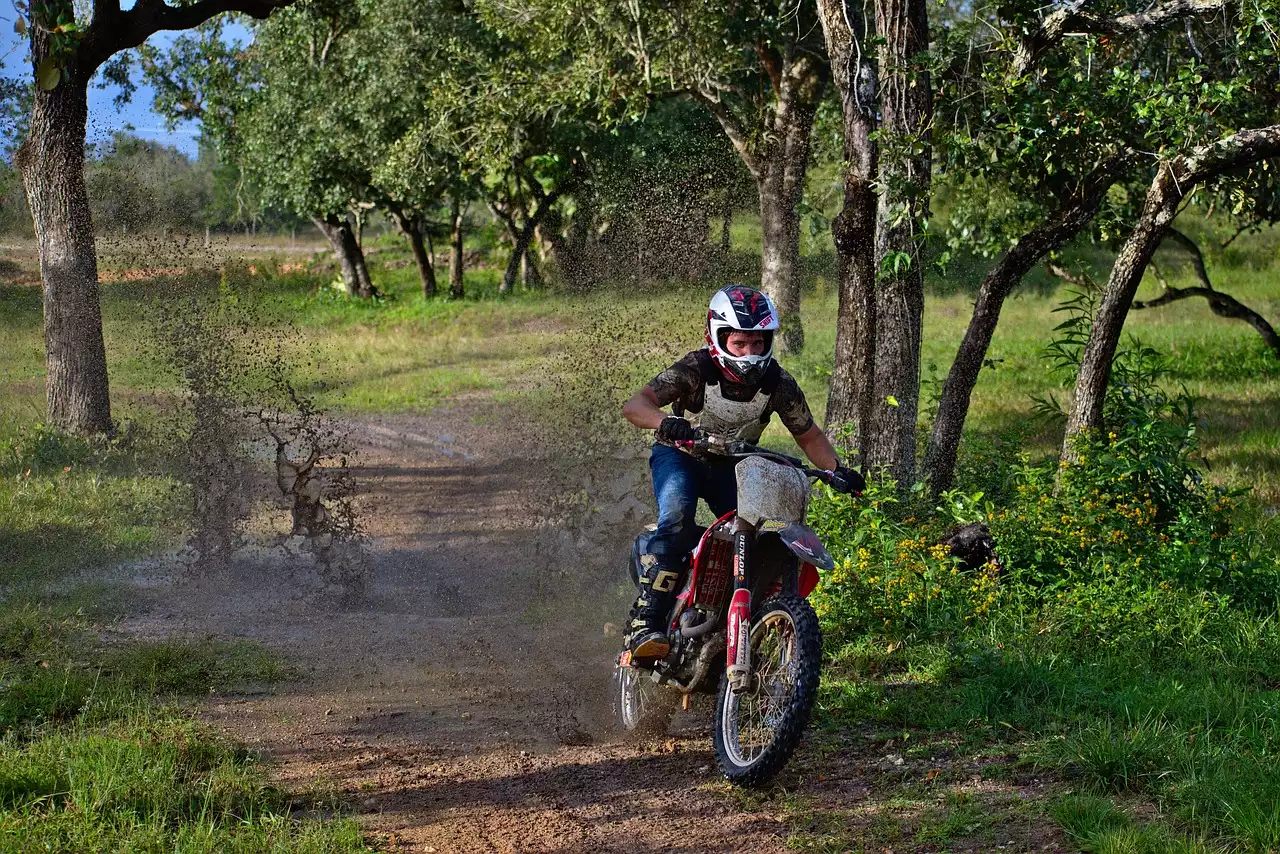Basic safety tips for riding a motorbike
Riding a motorbike is a fun and thrilling experience, but it can be dangerous if you don't follow certain safety precautions. Before getting on your motorbike, it's important to make sure your bike is in good working order. You should also wear the appropriate gear, which can help keep you safe in the event of an accident. When riding your motorcycle, make sure to keep a safe distance between you and other vehicles. Never weave in and out of traffic, and avoid riding in other vehicles' blind spots. Additionally, always exercise extreme caution when making turns or changing lanes. When stopping your motorbike, make sure you apply the equivalent of two feet on the brake pedal. This can help prevent the rear wheel from locking up, which can result in a skid. Additionally, it's important to avoid leaning too far when braking, as this can result in a loss of control.
The importance of protective gear
The most important safety gear for any motorbike rider is a helmet, as it can help prevent head injuries in the event of an accident. When riding your motorbike, you should always wear a helmet that meets the safety standards set by your country. Not only are helmets important for your safety, but they can also be used as a way to reduce the number of accidents on the road. On average, helmets can reduce the risk of death in a motorcycle accident by 35%, while they reduce the risk of a serious head injury by 69%. Beyond a helmet, there are other protective gear options for motorbike riders. These include gloves and jackets, but they vary in terms of their protective capabilities. Depending on the environment in which you ride, you may want to wear additional gear, such as rain pants or goggles.
Rules of the road for motorbike riders
Motorbike drivers must follow the same rules of the road as drivers of other vehicles. When riding your motorbike, it's important to know and follow the traffic laws in your area, especially if you're riding in a foreign country. The most common motorbike traffic laws include the following:
- Yield to pedestrians. Pedestrians always have the right of way, so it's important to slow down or completely stop if you're riding past them.
- Stay in the right lane. When riding on a two-lane road, it's important to stay in the right lane, and only pass on the left.
- Always signal your turns. This can help prevent collisions, especially when riding in areas with heavy traffic.
- Wear a DOT-approved helmet. This can help prevent serious head injuries in the event of an accident.
Understanding the capabilities of your motorbike
When riding any vehicle, it's important to understand the capabilities of your motorbike. Some motorbikes are not designed for high-speed driving, which can result in dangerous handling in certain conditions. Always use your best judgement when riding, but if you're new to motorbike riding, it may be best to select a bike that is designed for beginners. Beyond understanding your motorbike's capabilities, it's important to understand the road conditions and weather conditions in your area. In rainy or icy conditions, it may be best to avoid riding your motorbike. If you're not sure about the road conditions in your area, you can always check with the local government. Additionally, you can check the weather forecast before you ride, which can help you decide if it's safe to ride.
Proper cornering techniques
When cornering your motorbike, it's important to apply the appropriate amount of lean, depending on the speed at which you're riding. If you're going too fast, you may want to consider slowing down before taking a turn. In general, the slower the speed, the more you need to lean your motorbike. At higher speeds, you can use less lean, but it's important to understand the amount of lean required for the speed at which you're riding. If you're new to motorbike riding, it's important to start off slowly and gradually increase your speed. This can help you get used to the bike and increase your confidence.
Strategies for avoiding collisions
When riding your motorbike, it's important to be aware of your surroundings and use proper defensive driving techniques. Looking out for other road users can help you avoid collisions, but you should also know what to do if one occurs. If you're in a collision, remain calm and follow these steps:
- Stay in control: It's easy to lose your cool in a stressful situation, but it's important to remain calm.
- Call for help: Once you've assessed the scene, you may want to call the authorities.
- Document the scene: It's important to take note of all the relevant information, such as the weather conditions and the vehicle information.
- Assemble your own team: You may want to include members of your family or friends who can help you through the process.
- Follow up with your team: It's important to stay in touch with your team and keep them informed about your progress.
- Follow up with the other team: It's important to stay in touch with the team in the other vehicle, especially if there were serious injuries.
Dealing with other road users
As a motorbike driver, you're more exposed than drivers of other vehicles, which means you may have to be more cautious when approaching other road users. Motorists may not see you, especially if you're in their blind spots, so it's important to use proper lane positioning and be extra cautious when riding. Additionally, when passing another vehicle on the road, try to stay in your lane. It's important to communicate with other road users, whether it be by using your turn signals or communicating with the other driver. If you're riding in a group, it's important to follow the leader's directions. This can help prevent collisions and other dangerous situations.









